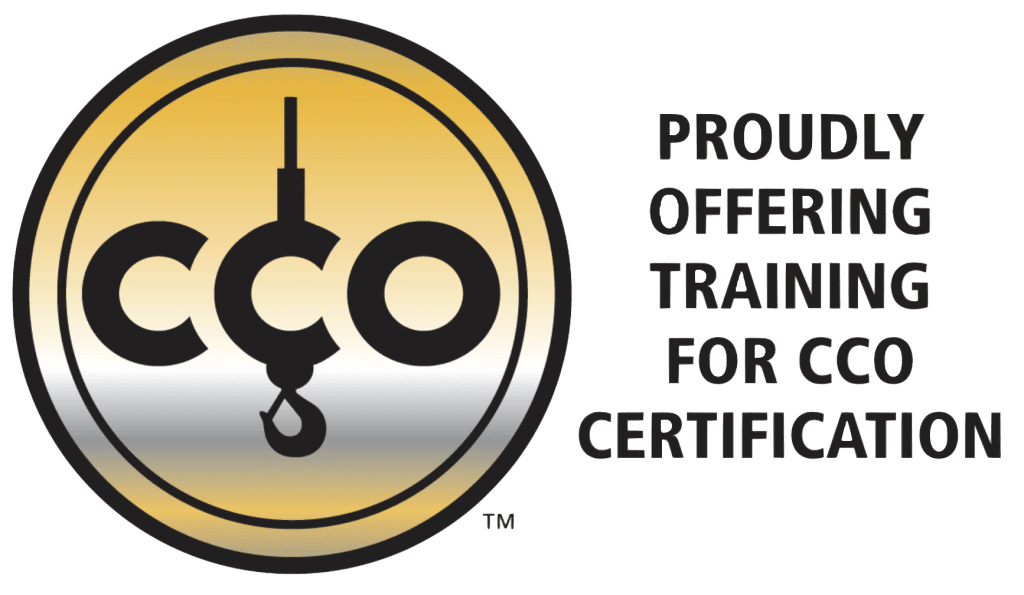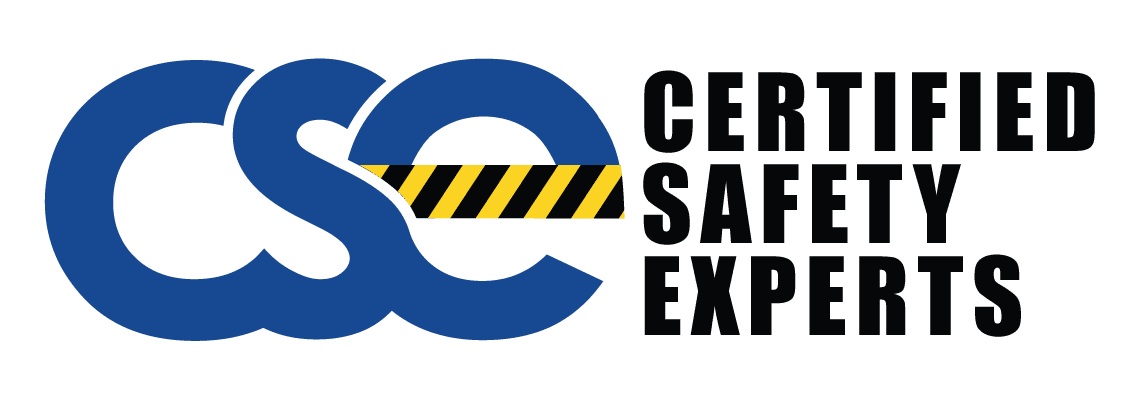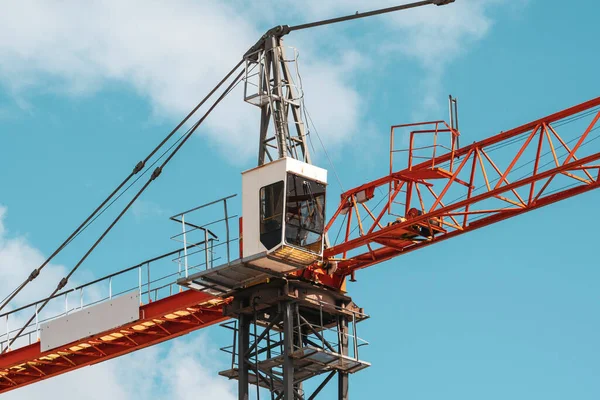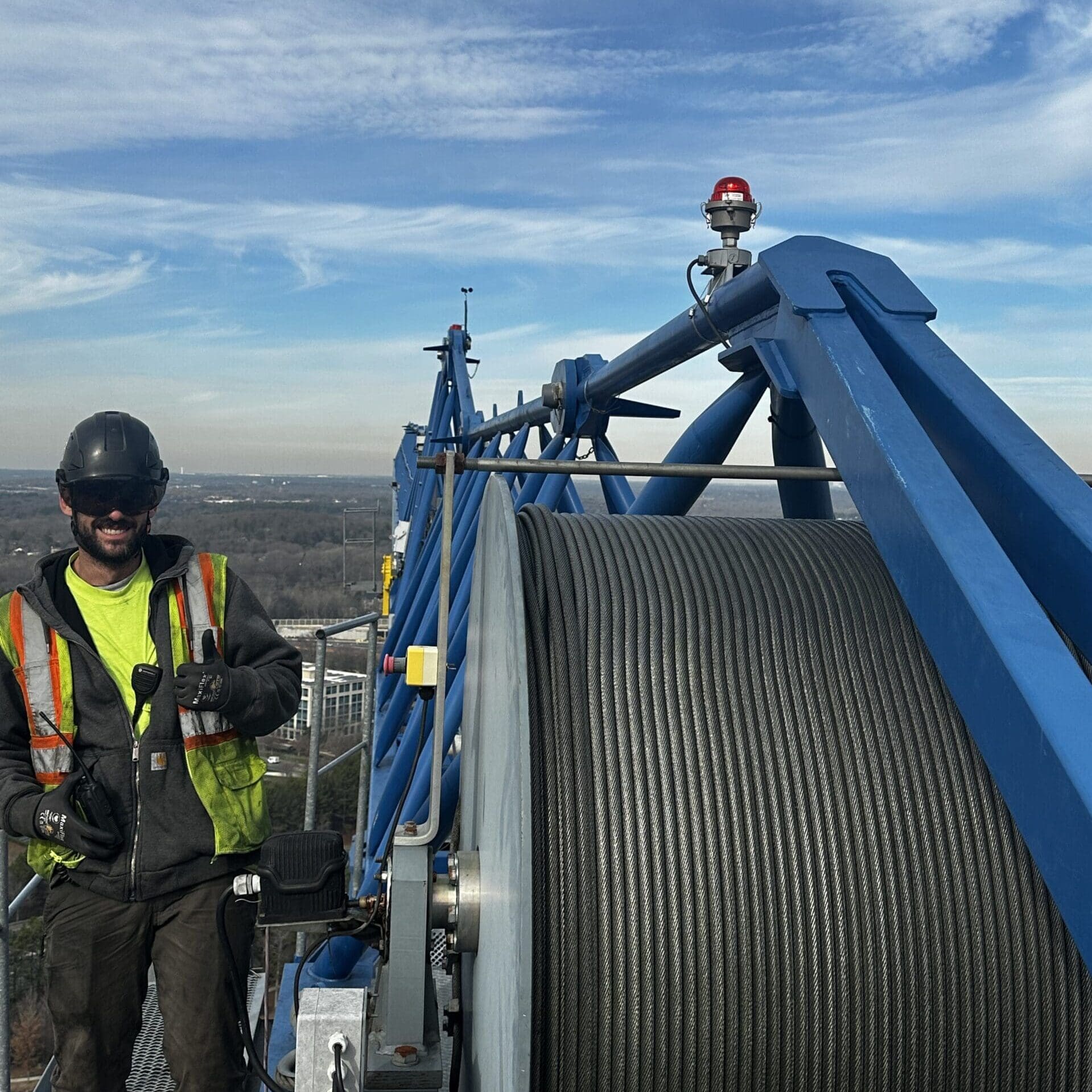What Is an Aerial Lift?
An aerial lift is a mechanical device that lifts workers and materials to elevated work areas. Construction, maintenance, and utility companies frequently use aerial lifts to access heights that ladders or scaffolding cannot safely reach.
What Are the Types of Aerial Lifts?
- Boom Lifts
- Extendable arms reach up to 185 feet (56 meters).
- Common uses: Electrical work, tree trimming, high-rise construction.
- Scissor Lifts
- Vertical lift platforms extend up to 60 feet (18 meters).
- Common uses: Indoor maintenance, warehouse work.
- Personnel Lifts
- Single-worker platforms extend up to 40 feet (12 meters).
- Common uses: Light maintenance, inventory management.
- Cherry Pickers
- Articulated boom lifts reach 30-70 feet (9-21 meters).
- Common uses: Fruit harvesting, signage installation.
What Are the Key Features of Aerial Lifts?
| Feature | Description |
| Height Capacity | 20 to 185 feet, depending on the lift type. |
| Mobility | Self-propelled or truck-mounted for easy movement. |
| Safety Systems | Guardrails, harness points, tilt sensors. |
| Power Source | Electric, diesel, or hybrid engines. |
What Are the Safety Requirements for Aerial Lifts?
- OSHA Standards (29 CFR 1910.67) regulate aerial lift use.
- Fall protection systems (harnesses, guardrails) are mandatory.
- Operator training and routine inspections prevent accidents.
Why Are Aerial Lifts Important?
- Increase work efficiency by reducing setup time.
- Enhance safety compared to ladders.
- Provide stability for heavy tools and materials at height.
Why Do You Need Aerial Lift Certifications?
Aerial lift certifications are legally required and ensure safe operation. The Occupational Safety and Health Administration (OSHA) mandates certified training to reduce workplace accidents involving elevated work platforms.
What Are the Legal Requirements for Aerial Lift Certification?
- OSHA Regulation 29 CFR 1910.67 & 1926.453
- Employers must certify operators before aerial lift use.
- Training must cover:
- Safe operation techniques.
- Fall protection systems.
- Equipment inspections.
- Penalty for Non-compliance
- Fines up to $15,625 per violation (2024 data).
- Repeat or willful violations: Up to $156,259.
What Safety Risks Does Certification Prevent?
| Risk | Certification Benefit |
| Falls from height | Proper harness use and guardrail awareness. |
| Equipment tip-overs | Load capacity training and stability checks. |
| Electrocution | Safe distance training around power lines. |
| Collisions | Proper maneuvering techniques in confined areas. |
What Are the Key Benefits of Certification?
- Fewer Accidents: Certified operators reduce incident rates by 70% (National Safety Council).
- Increased Efficiency: Trained workers operate lifts faster and safer.
- Lower Insurance Costs: Certified teams decrease liability risks.
- Legal Compliance: Avoid costly fines and project delays.
How Long Does Aerial Lift Certification Last?
- Valid for 3 years.
- Retraining is required after accidents, near misses, or equipment changes.
How Much Does Aerial Lift Certification Cost?
Aerial lift certification costs range from $75 to $400 per person, depending on training type, provider, and location.
What Are the Cost Factors for Certification?
| Cost Factor | Price Range | Description |
| Online Training | $75 – $150 | Self-paced courses with OSHA-compliant content. |
| In-Person Training | $150 – $400 | Hands-on practice with certified instructors. |
| Employer-Sponsored | Varies | Bulk discounts often reduce per-employee costs. |
What’s Included in the Certification Fee?
- Safety Regulations (OSHA standards).
- Lift Types Overview (Boom, Scissor, Personnel lifts).
- Hazard Recognition.
- Hands-on Equipment Training (In-person courses).
- Certification Card (Proof of qualification).
Are There Additional Costs?
- Recertification (every 3 years): $50 – $150.
- Replacement Cards: $10 – $25 if lost.
- On-site Employer Training: $500 – $1,000 per group.
We Provide On-Site Aerial Lift Certification
Certified Safety Experts offers on-site aerial lift certification designed to meet OSHA standards and ensure workplace safety.
Our qualified trainers visit your job site, providing hands-on instruction with real equipment to prepare your team for safe aerial lift operation. We certify operators on boom lifts, scissor lifts, and personnel lifts, covering safety procedures, hazard recognition, and fall protection systems.
Employers trust Certified Safety Experts to reduce accidents, prevent OSHA fines, and improve efficiency. We streamline the certification process, allowing your team to get certified without leaving the worksite, minimizing downtime and training disruptions.
Our on-site aerial lift certification costs are competitive, with group training discounts available. Certifications remain valid for 3 years, and recertification options keep your workforce compliant.
Certified Safety Experts ensure your team operates aerial lifts confidently, safely, and legally right at your site.
